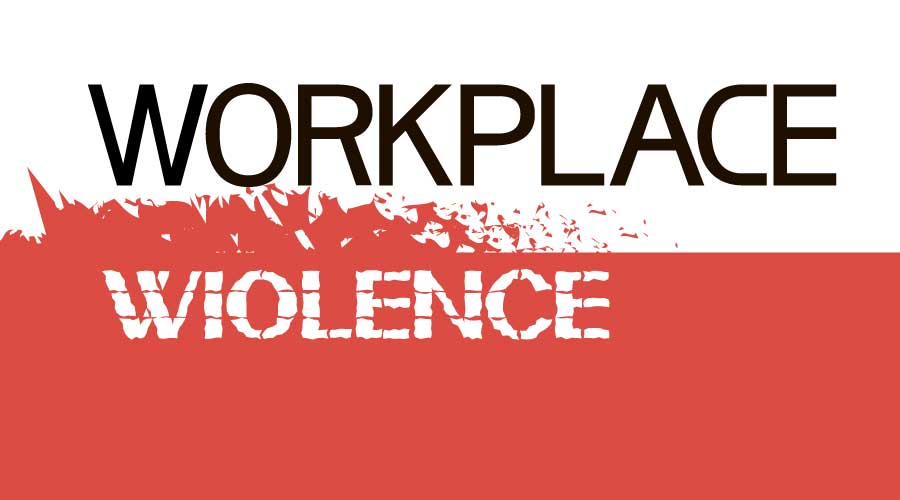The COVID-19 pandemic, while now over, can still be felt in aftershocks to the healthcare industry. From mass exits to general burnout, staff all over the healthcare spectrum are left reeling. Whether it be stressed employees or disgruntled patients causing an uptick in violence, this issue has added another to the list of problems for staff (both medical and facility) to grapple with.
With workplace violence on the rise in healthcare facilities, the American Hospital Association’s Hospitals Against Violence (HAV) initiative recently released a case study on mitigating workplace violence.
This case study starts out by laying out the current state of workplace violence and safety in healthcare facilities. It states that during the COVID-19 pandemic, healthcare workers faced more threats and assaults than before. In response to this growing issue, the case study suggests that risk assessments and threat assessments be conducted.
Risk assessments are “based on research and data on the prevalence of violent incidents in particular populations, as well as individual factors that are associated with disruptive and violent behaviors.” Basically, they are done by gathering information on the incidence of violence in certain demographics. It is done so that there is a full understanding of what risks are present at the time the assessment is done.
The case study lists four key components to a risk assessment:
- Identify the risk
- Analyze the risk
- Control, transfer or mitigate the risk
- Monitor risk control measures
As far as threat assessments go, the case study says they are “the process of gathering information to decide the potential for violence.” After the risks are identified and assessed, they are then looked at to determine the level of threat they pose.
There are also four key parts to a threat assessment process:
- Creating the threat assessment team
- Identification of a potential threat
- Investigation
- Mitigation and management of the threat
After the assessment, mitigation of the risks can begin with plans such as a workplace violence prevention program. It further says that these programs should involve input from leaders, staff, patients and visitors. Through active collaboration, better plans and programs may be achieved.
It is critical to understand the risks first and then determine whether or not they pose an actual threat to workplace safety. It should also be noted that, as the case study says: “Mitigating the risk of violence begins with the acceptance that risks of violence exist in all healthcare settings.” In other words, no healthcare facility is immune from these risks. Once employees and professionals accept this reality, progress towards a safer workplace can begin.
That does not mean staff should live in fear, however, they should be actively prepared if a threat emerges. Preparation can happen through proper training programs, such as active shooters, de-escalation, interpersonal violence and other safety drills. Proper training both mentally and physically prepares an individual for the event something does happen.
The last key element is to involve everyone relevant in these plans. Collaboration leads to differing perspectives to be shared and considered among the stakeholders. This fosters a more comprehensive approach overall to mitigating risks and threats.
No workplace is immune to risks of violence — that alone is a sobering yet vital reality to accept. Though, with the right assessments and mitigation, healthcare facilities can prepare themselves to respond to a violent threat when it happens.
Jeff Wardon, Jr. is the assistant editor for the facilities market.

 Rethinking Strategies for Construction Success
Rethinking Strategies for Construction Success From Touchless to Total Performance: Healthcare Restroom Design Redefined
From Touchless to Total Performance: Healthcare Restroom Design Redefined New York State Approves $53M Construction Program at Niagara Falls Memorial Medical Center
New York State Approves $53M Construction Program at Niagara Falls Memorial Medical Center How Health Systems Are Rethinking Facilities Amid Margin Pressure
How Health Systems Are Rethinking Facilities Amid Margin Pressure Ground Broken on New Medical Office Building in Scottsdale, AZ
Ground Broken on New Medical Office Building in Scottsdale, AZ